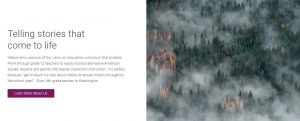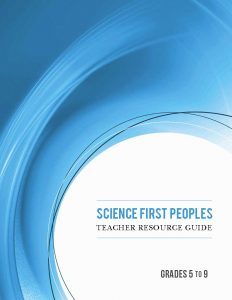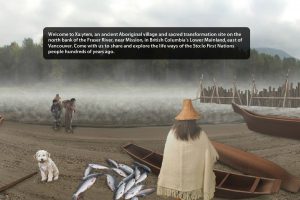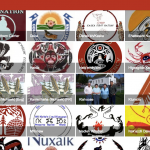Description:
A detailed learning resource guide for the book, The Salmon Bears by Ian McAllister and Nicholas Read.
There are pre and post discussion questions, which facilitate and reinforce learned themes and concepts. Each lesson is structured to help teachers prepare for respective classes. A short description, listed materials, extension activities, and related websites are provided in each chapter.
The learning guide is divided into seven chapters:
Chapter 1: A Magical Place
Chapter 2: Winter
Chapter 3: Spring
Chapter 4: Summer
Chapter 5: Fall
Chapter 6: Winter Again
Chapter 7: What the Future Might Hold

Link: http://orcabook.com/greatbearbooks/pdfs/thesalmonbears-teachersguide.pdf





